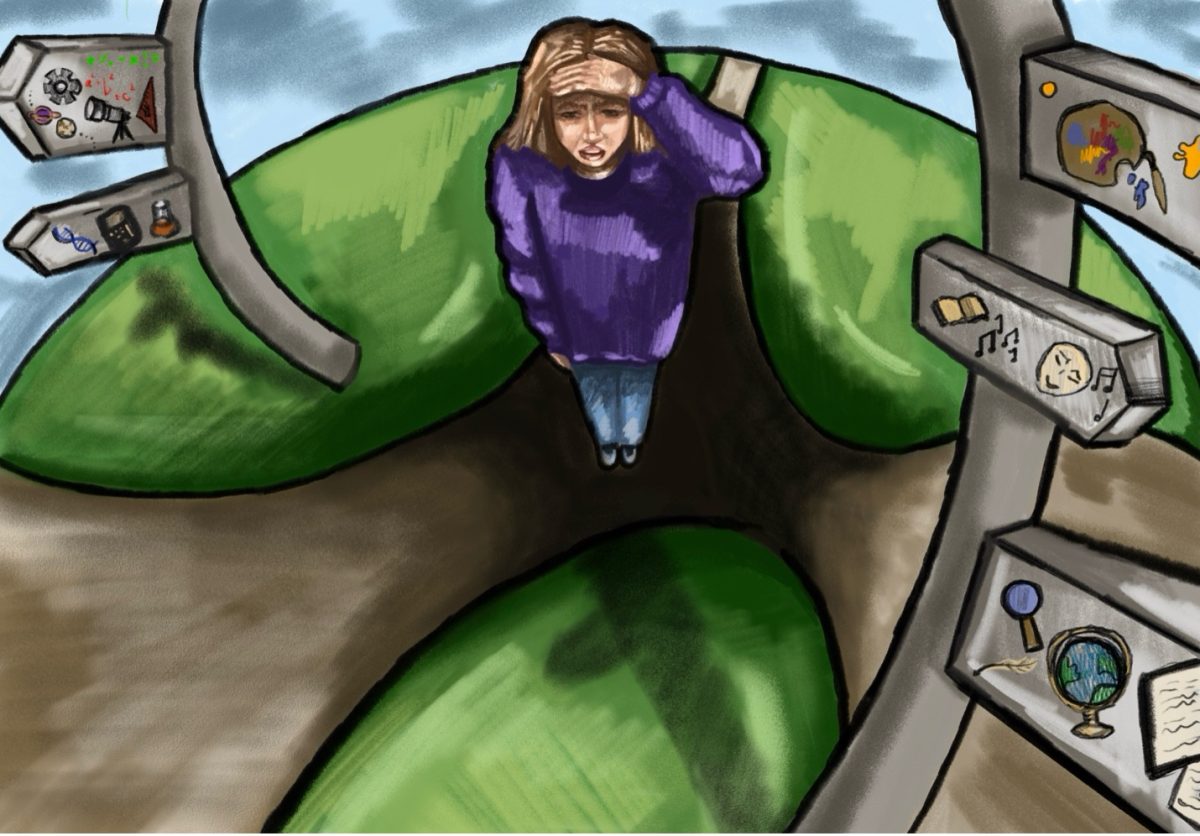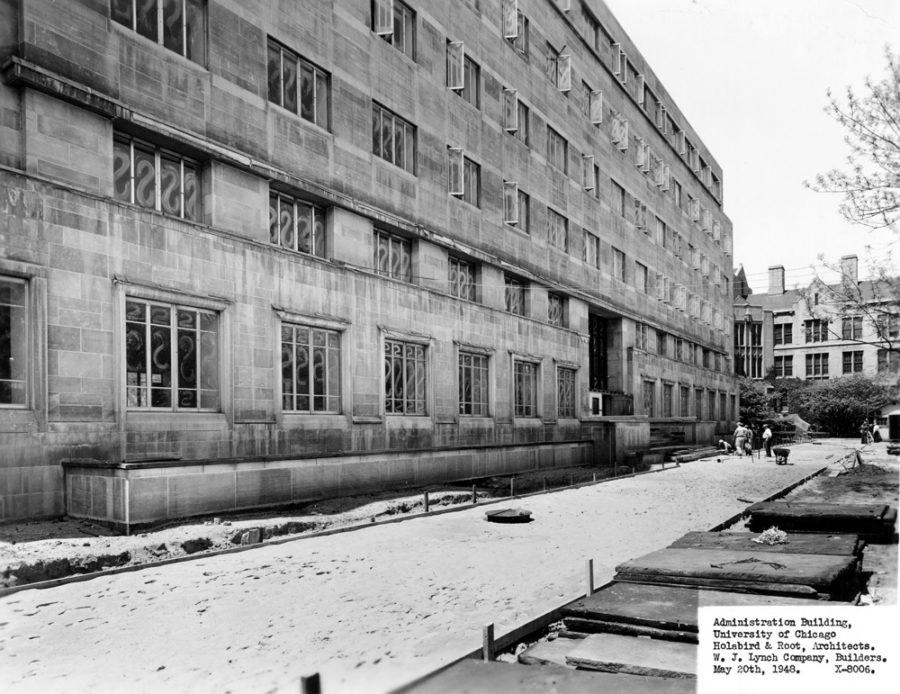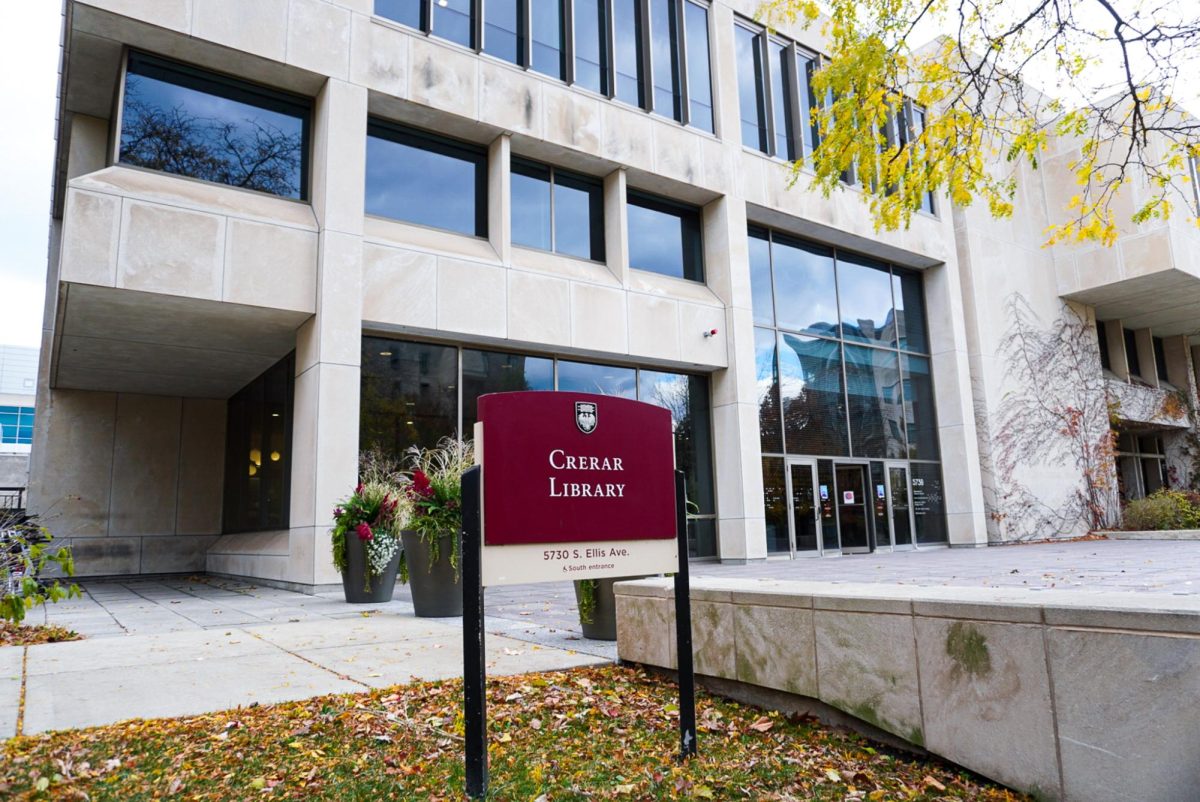On the first snowy night of the season, three of my friends and I strolled to a friend’s apartment nearby to pick up some food. With three large, empty Tupperware containers in hand, we stood outside the building, taking in the pillow-white snowfall as we waited to be let in. Suddenly, a car screeched to a stop at the middle of an intersection, and several darkly clad figures tore toward us. That night, we experienced an armed robbery.
My story isn’t a unique one. Everyone I know at this school has either experienced or knows someone who has experienced some form of crime. In February alone, there were six reported armed robberies, two reports of property damage, and four reports of assault.
Despite the presence of crime, I think the University generally handles student safety well. UChicago has one of the largest private police forces in the country, and in my case, the main reason the muggers left was because a campus security car drove by. Administration was supportive in post, as well: my professors offered me extensions, my RAs offered resources, and the Emergency Assistance Programs reimbursed me for my lost possessions. This is not to say that the University’s Department of Safety and Security is perfect––there are definitely improvements that can be made to its Via system and campus shuttles. However, the Department’s resources still provide a significant net benefit to students. After all, UChicago is still not among the 20 “most dangerous college campuses” in the U.S., as low a bar as that may be.
No matter how effective the Department of Safety and Security is, there will always be some form of crime in the area; my friends and I were outside for about 10 minutes, yet we still got mugged. It’s impossible for the University to constantly monitor every single part of campus and the surrounding area. Although the University can definitely make efforts to mitigate crime, the city and local governments must also play their parts. Specifically, local governments can improve in their crime response through responsive and preventative measures.
Responsive measures mainly refer to how the police plan to respond when crime happens, and presently, the Chicago Police Department (CPD) is not responsive enough. After speaking with the police on the night of the robbery, it wasn’t until nearly two months later that CPD reached out to me. When they called, I had frankly forgotten that I gave them my contact information, and they asked if I knew of any updates. I ultimately told them that they could drop the case. I was surprised it took two months for me to be contacted, but given CPD’s record staffing shortages in recent years, it makes sense. The sheer lack of manpower has led to slower response times and numerous calls for help without immediate response. In order to effectively reduce crime rates, the city must be able to properly respond to crimes, which starts with addressing the staffing shortage.
Although responsive measures help once a crime has been committed, preventative measures are necessary to deter people from committing crime in the first place. The people who mugged me and my friends looked roughly our age, possibly even younger. This follows the trend seen in Chicago as more youth are committing crimes. The city must develop plans to address poverty and education issues to reduce youth crime.
One of the most effective ways of decreasing crime rates is increasing educational opportunities, specifically in vulnerable communities. During the pandemic when schools were shut down, more students dropped out of high school. As a result, youth aged 17 and under were responsible for a significant portion of crimes, accounting for 8 percent of homicide arrests, 9 percent of shootings, 32 percent of robberies, and 49 percent of carjackings. Despite this correlation between education and reduced crime, Chicago Public Schools districts experience underfunding of $1 billion according to the state’s funding formula and are running on a budget deficit of $505 million this academic year.
As more low-income students are leaving the Chicago Public Schools, it becomes imperative for the city to invest in education. Investing in education yields both short-term benefits, such as reduced crime, and long-term advantages that extend well into the future. Education directly leads to higher lifetime and median earnings. As education leads to higher earnings over time, individuals become less likely to commit crimes.
The story of encountering crime is one that far too many at UChicago can relate to. As both the University and the City of Chicago work to address these issues, I hope for a future where these stories are no longer so universal and where every member of this community can move through Hyde Park safely.
Daniel Lin is a first-year in the college.












